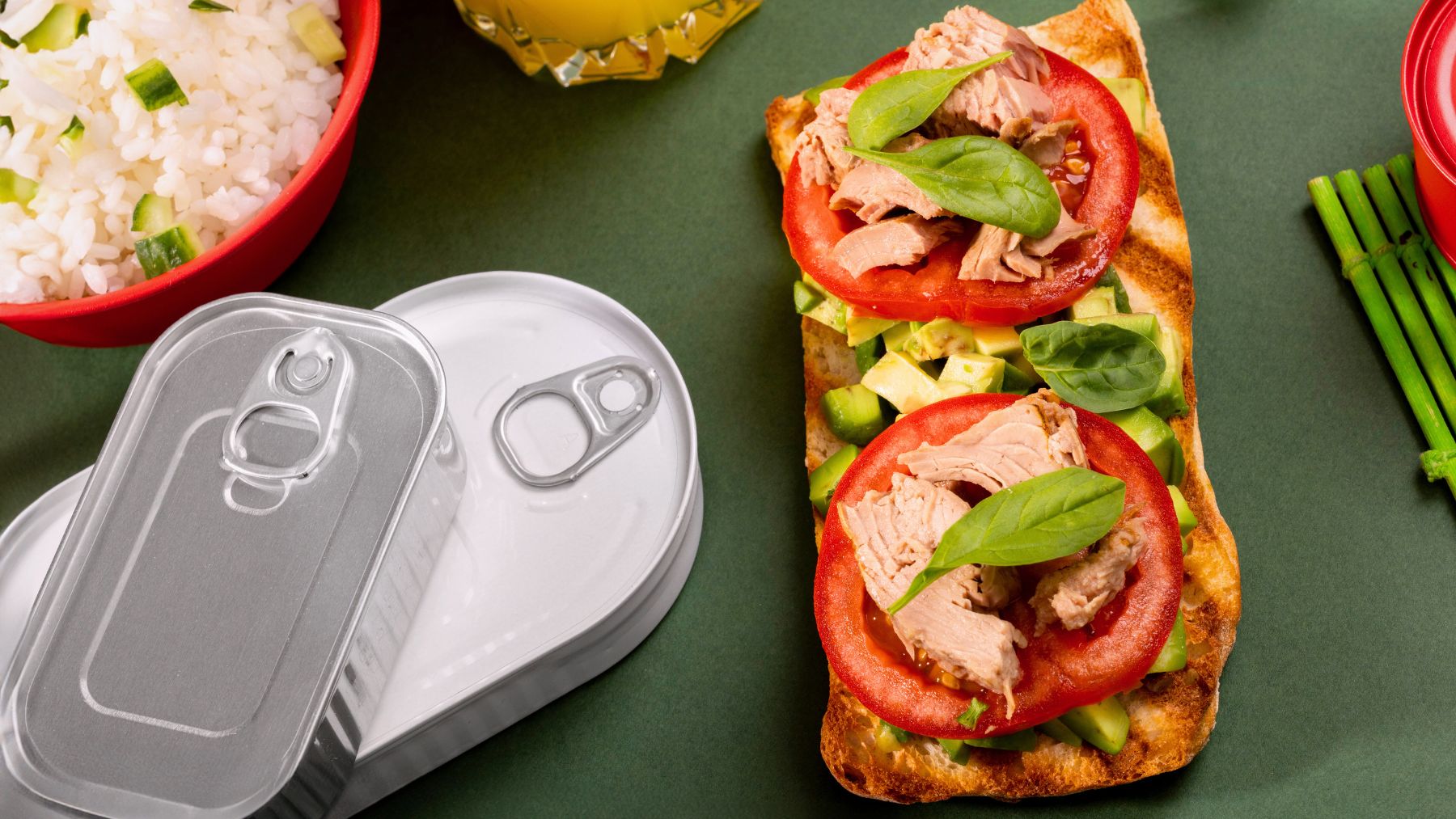If you think canned tuna is just a budget pantry staple, chefs would like to have a word. For them, it’s an ingredient that deserves attention. And when four working chefs—including Elisa Lyew, Shawna Clark, and Grace Vallo—were asked which brand they use, they all agreed.
All four named the same one: Tonnino. Known for its high-quality tuna packed in olive oil or spring water, this Costa Rica–based brand came out on top for flavor, texture, and presentation. Here, we’ll break down why pros choose it and how they suggest using it at home for better results.
Why chefs choose Tonnino tuna
Tonnino tuna stands out for a few key reasons. First, it’s sustainably sourced, with most products made from wild-caught yellowfin tuna. Chefs pointed to this as a big factor, noting that pole-and-line or troll-caught fish helps reduce overfishing and supports responsible seafood practices.
What sets the brand apart, though, is the quality of the product itself. Tonnino offers tuna in jars or cans, usually packed in extra-virgin olive oil. The texture is tender and flaky—closer to a fillet than the mushy consistency you get from most standard tuna cans. That makes it a solid choice for recipes where tuna is the star, not hidden behind mayo.
Chefs love the ventresca in particular—the cut from the belly of the fish, known for its buttery texture and richer flavor. It’s more expensive, but they say it’s worth it. Tonnino’s yellowfin tuna fillets in olive oil are also a favorite for everyday use. The tuna holds its shape, doesn’t get dry, and has a clean, meaty taste that pairs well with fresh ingredients.
How to get the most from canned tuna in your cooking
Canned tuna might be simple, but using it well can elevate your meals. Here’s how chefs recommend working with it at home:
- Drain the oil or water: The oil the tuna is packed in has been sitting for a while and can taste a little stale. Drain it and use your fresh olive oil to improve the flavor.
- Use it in bean salads: Tuna and white beans make a protein-rich combo that works with herbs, lemon, and olive oil. It’s filling, easy, and doesn’t require cooking.
- Try it with bitter greens: Tonnino’s richness pairs well with sharper flavors. Mix it with fennel, radicchio, or arugula for a salad that doesn’t feel boring.
- Make tonnato sauce: This creamy Italian sauce blends tuna, mayo, anchovies, lemon, and capers. Spoon it over roasted vegetables or cold meats.
- Stick to lighter flavors: This isn’t the time for heavy mayo-based tuna salad. Think herbs, lemon, capers, or crème fraîche for a cleaner taste.
Chefs use tuna as more than a backup protein—it’s a legit pantry tool. If you’re looking to get better results at home, upgrading the brand you use can make a big difference. Tonnino’s fillets are more refined, more flavorful, and just easier to work with. Try it once, and you’ll probably get why chefs stick with it.

